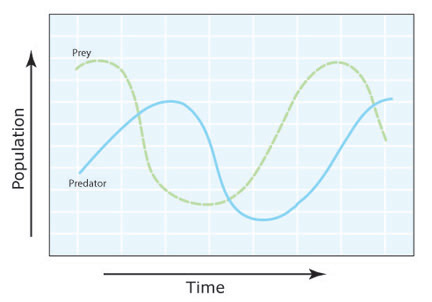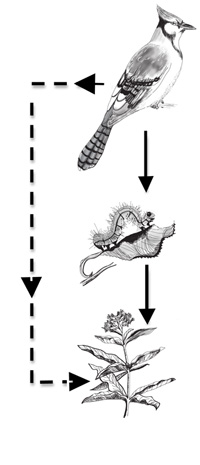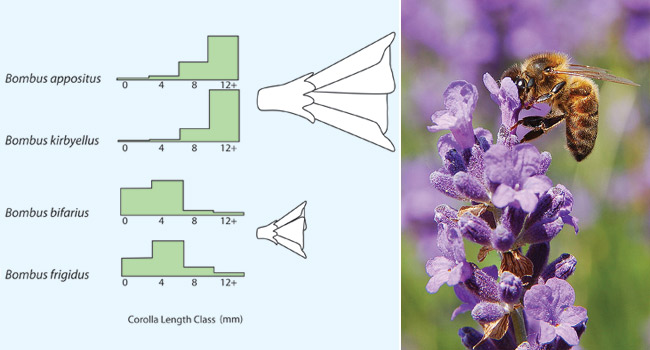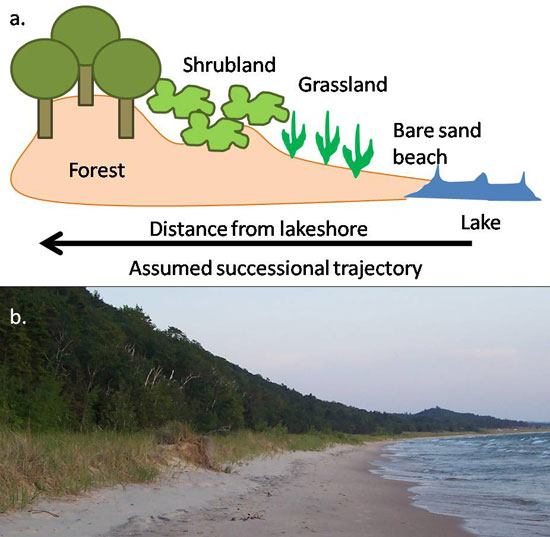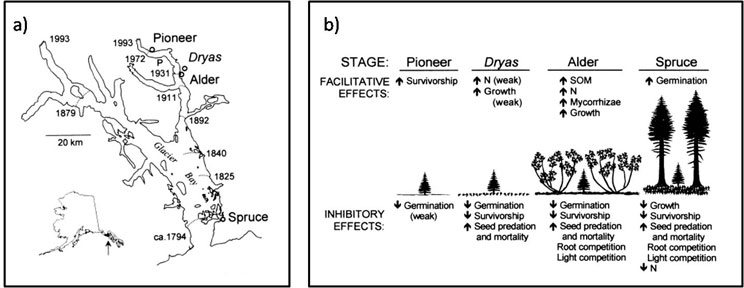Here are a few resources to help you review some of the Ecosystems concepts covered in this section.
Ecosystem Cycling
- Energy Flow Through Ecosystems & Primary Productivity
Regulation of Ecosystem Functions, Limiting resources
Energy flow dynamics in different systems
Example (below): General patterns of energy flow for a) forest, b) grassland, c) plankton community at sea, d) community of a stream or small pond. Relative sizes of boxes and arrows are proportional to the relative magnitude of pools and flows. The decomposer system is responsible for much of the secondary production, hence the large/wide respiration arrows indicated in Fig. 11.7.
.
 |
| DOM, dead organic matter; LCS, Live consumer system; NPP, Net Primary Productivity (Figure 11.7, Ch. 11, Essentials of Ecology by Townsend et al.) |
 |
DOM, dead organic matter; NPP, Net Primary Productivity;
Boxplot: 25% CI, median, 75% CI (Figure 11.8, Ch. 11,
Essentials of Ecology by Townsend et al.)
|
Water Cycle

Hydrologic Cycle by Vision Learning - informative cite with interactive practice QUIZ questions!
The USGS water cycle diagram (right) can use to quiz yourself. You may check your answers here.
- Water and human health: Water pollution, Water-related diseases, and Water conservation policies.
- Case study: Chesapeake Bay watershed maps.
- Groundwater flow, discharge, & infiltration
- Follow a drop through the water cycle
Factors Affecting Global Climate
This article by Stevens (2012) gives a good summary of the major drivers affect global climate patters.
|
 |
| (Scitable, 2012) |


